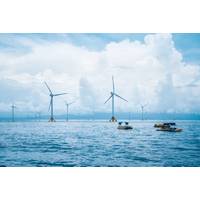
NOC Completes Scottish Roadmap for Offshore Wind Environmental Monitoring
limited to, the Scottish sector of the North Sea.The report and its recommendations come at a pivotal moment, particularly for floating offshore wind expansion, as part of a broader Scottish Government strategy to achieve net-zero greenhouse gas emissions by 2045.Harnessing NOC’s expertise in environmental monitoring and marine observation, the report reviews current knowledge of key environmental aspects of the North Sea, focusing on the water column structure and seasonal variability.It highlights knowledge gaps around potential offshore wind related impacts and recommends key essential ocean
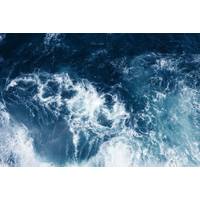
Oceans Have Seasons Too – And Climate Change Could be Messing with Them
Britain’s seas are rich in wildlife, but many of its species can only be seen with a microscope. These are the plankton – tiny algae and animals found throughout the ocean that are the foundation of the entire marine food web.As UK seas warm and cool with the seasons, the composition and abundance of these plankton communities naturally change. Like plants and animals on land, marine plankton undergo annual cycles that are dictated by seasonal patterns of light, temperature, and settled or unsettled weather. But unlike seasonal patterns on land, the ways plankton shift with the seasons
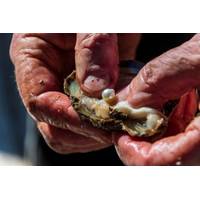
Italy Oyster Farmers Dream of Pearls from Warming Mediterranean
Ligurian seas that lap the western Italian mainland, said Salvatore Giacobbe, professor of ecology at the University of Messina.It is the latest in a succession of alien warm-water species to enter the Mediterranean as it heats up due to climate change.Manuela Falautano, a scientist at the Italian environmental research and protection institute ISPRA, said this trend had seen "an exponential increase" in the last decade.Some of these species are aggressive and disrupt delicate ecosystems. In a few cases, such the spotted puffer fish and the scorpion fish, they are also dangerous to humans
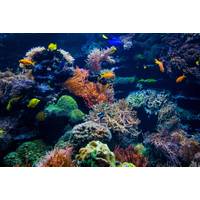
Hottest Oceans in 400 Years Threaten Great Barrier Reef
Water temperatures in and around Australia's Great Barrier Reef have risen to their warmest in 400 years over the past decade, placing the world's largest reef under threat, according to research published on Thursday.The reef, the world's largest living ecosystem, stretches for some 1,500 miles (2,400 km) off the coast of the northern state of Queensland.A group of scientists at universities across Australia drilled cores into the coral and, much like counting the rings on a tree, analysed the samples to measure summer ocean temperatures going back to 1618.Combined with ship and satellite
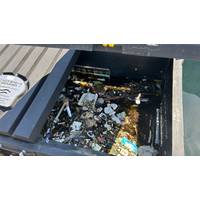
Electric Trash Skimmers Installed in Port of Long Beach
, moving more than 300 gallons of water a minute. Floating debris is retained in a bin that is six-feet wide and four-feet deep.“By helping to make the port cleaner, we know we are eliminating potential hazards for aquatic birds in particular. This illustrates our company’s commitment to environmental stewardship and making investments that help protect biodiversity.”“The skimmers can each hold roughly 120 to 130 pounds of trash. Currently, employee volunteers from MPL engineering, maintenance and operations, as well as our emergency preparedness group, are helping manage this
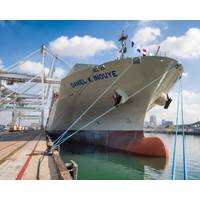
Matson Helping to Develop Whale Detection Technology for Ships
U.S. ocean carrier Matson is doing its part to limit whale strikes, including rerouting vessels to avoid protected areas and helping to develop cutting-edge technology that detects whales and alerts crew members of their presence.In August of last year, Matson made route adjustments to its weekly triangulating Oakland-Long Beach-Honolulu voyage to minimize the time our vessels spend inside whale protection zones of the northern and southern California coasts. Fleet Operations led the development process for creating these new routes with the goal of reducing the risk of whale collisions in areas that
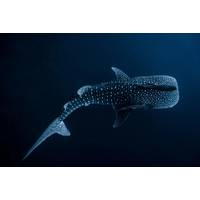
Most Marine Protection Measures are Not Working; A New Approach is Needed
and local people should use diverse management approaches in combination, rather than unrealistically seeking one best solution. The key to resilience is diversity, both of species in ecosystems and conservation measures in protected area management systems.AuthorPeter JS Jones, Emeritus Professor of Environmental Governance, UCLContributorRick Stafford, Professor of Marine Biology and Conservation, Bournemouth University(Source: The Conversation
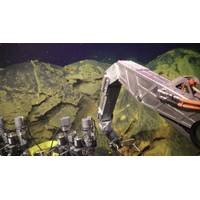
Low Gravity on Ocean Worlds Might Help Sustain Warm Water Circulation
A new study led by team members at UC Santa Cruz used a complex computer model to investigate how the influence of low gravity, as found on ocean worlds in our outer solar system, could influence flows of water and heat below their seafloors.The work was conducted as part of a multi-institutional “Exploring Ocean Worlds” NASA program, led by Woods Hole Oceanographic Institution (WHOI) Senior Scientist Chris German. It has shed new light on the potential for seafloor hydrothermal venting —which hosts some of the most primitive life forms on Earth — to occur on other “Ocean

The Potential of Restoring Marine Habitats
MNG, marine development projects can contribute to the conservation and restoration of marine ecosystems, even in areas where habitat loss is unavoidable. This approach not only benefits the environment but also ensures the long-term sustainability of development activities by integrating environmental considerations into their planning and implementation. Simultaneously, marine restoration and MNG efforts represent a significant opportunity for carbon offsetting. This being an approach which allows individuals, organizations, or governments to compensate for their carbon emissions by investing


 February 2025
February 2025





